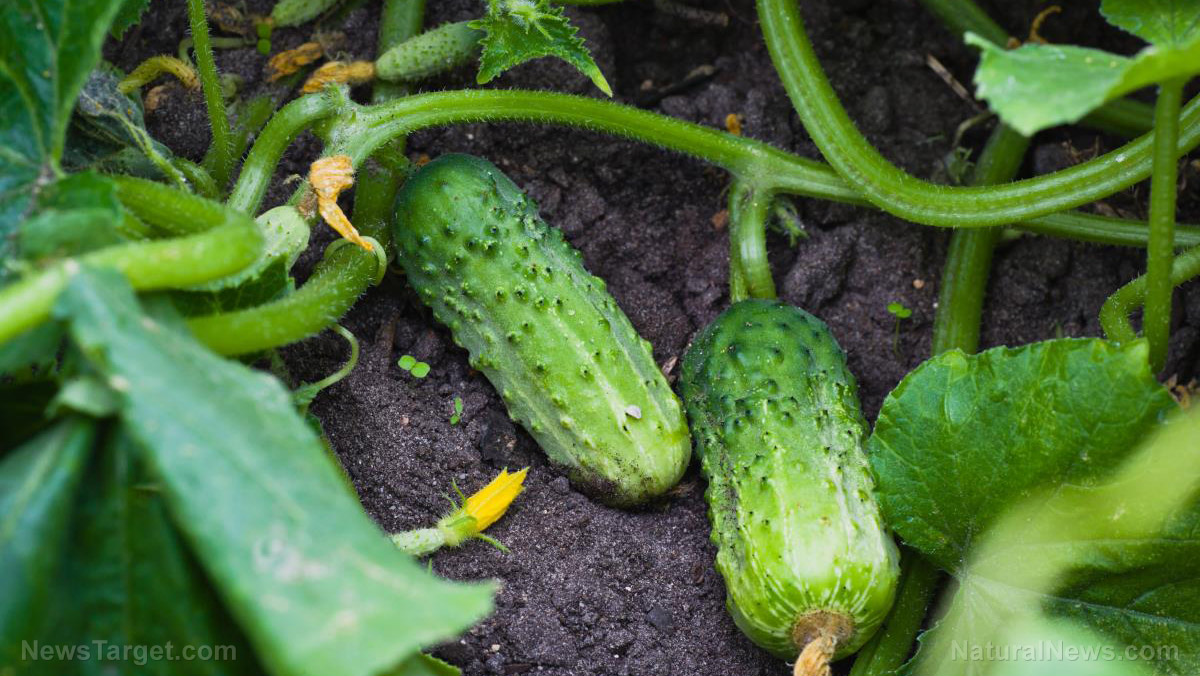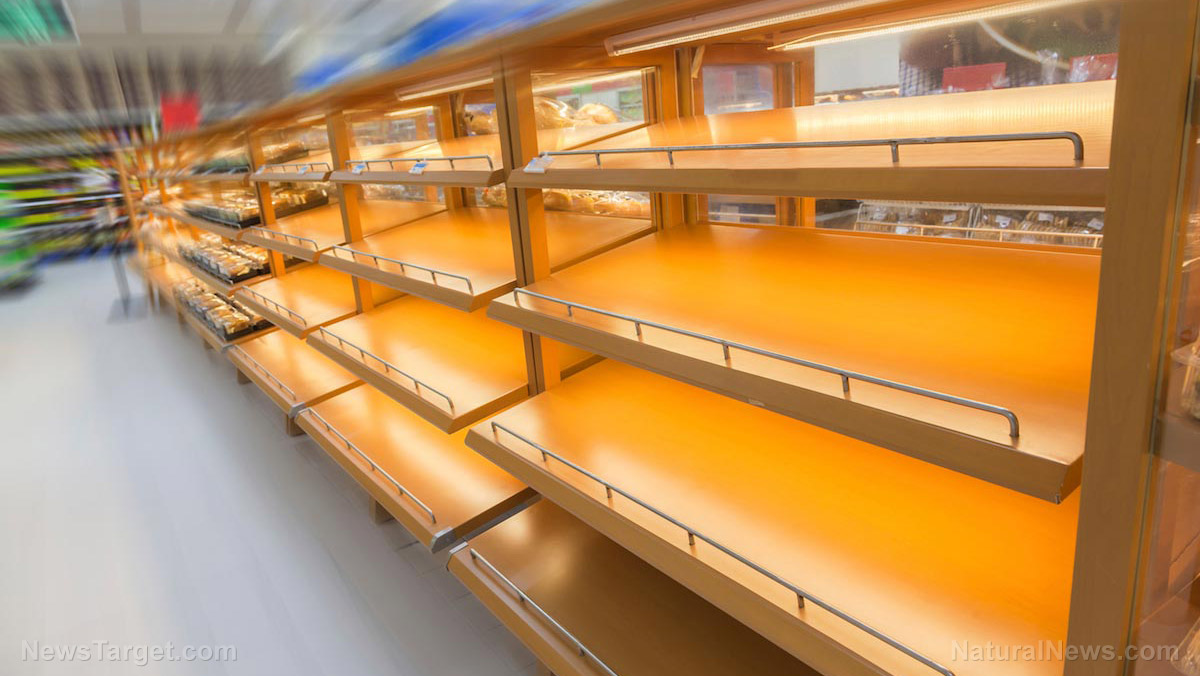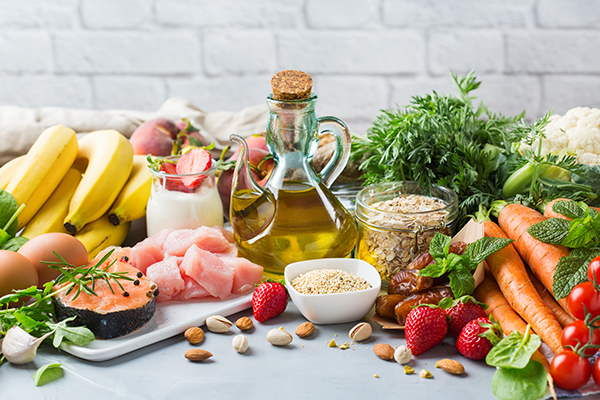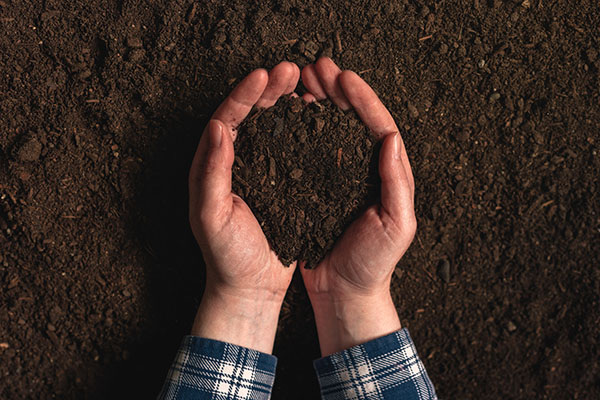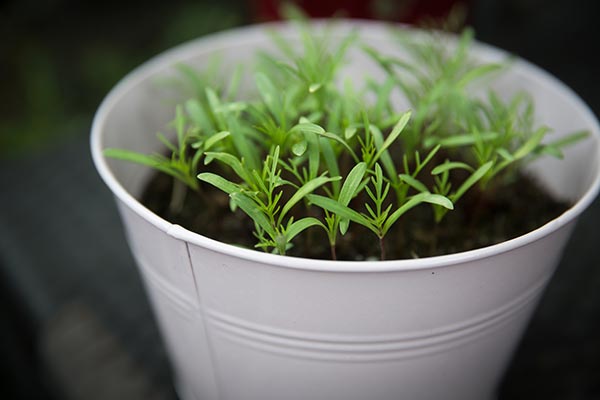
In addition to growing flowers, gardeners limited to balconies, patios or windowsills can also produce a variety of vegetable crops in containers. Herbs like basil, oregano and chives are also quite happy growing in containers, which you can set in a convenient spot right by your sunny kitchen windowsill.
Container gardening also adds versatility to gardens large and small. Plants lend vibrant colors, provide a focal point in the garden and tie in the architecture of your house to your garden. A pair of matching pots on either side of your doorway can serve as a welcoming decoration, while containers on a deck or patio add ambiance.
Read on to learn about the best containers for container gardening, as well as some tips for starting your very own container garden.
Best containers for growing plants
Choosing a container for growing vegetables can be confusing at best and overwhelming at worst. Ultimately, the choice will have a big impact on how productive your plants are and whether or not they will make it through the growing season. The main thing to keep in mind is your plant should have enough room to grow.
If you're growing large plants like tomatoes, make sure your containers are big and heavy so the plants won't tip over in a stiff wind. For most vegetables, bigger containers are better. (Related: 8 reasons why you should grow your own food.)
On that note, here are six containers to choose from if you want to start a container garden:
- Potato bags – Potato bags are a type of cloth bag that can be used as containers for your plants. These can also be made of plastic. They come in various sizes, with the bigger ones capable of holding roughly 45 gallons worth of soil. Potato bags made of fabric drain well and can last more than a season.
- Hanging garden walls – Garden walls are hanging "pockets" made of thick felt. The felt helps retain water and releases it slowly to achieve ideal soil conditions.
- Self-watering containers – Self-watering containers, as the name spells out, spare you the chore of watering your plants every day. They have a reservoir in the bottom that holds water, which goes up through the soil to keep plants from drying out. The reservoir is filled through a small tube on the side.
- Stackable containers – Stackable pots and containers tend to be smaller than regular ones because they are meant to be stacked vertically. Because of their size, they are more suited to herbs. Still, stackable containers remain a viable option for gardeners with very tiny outdoor spaces.
- Footed containers – Footed containers, also known as elevated containers, have "legs" that raise them up from the ground. Some footed containers have legs that go up to your waist. They can be made of wood, metal or a combination of the two. They reduce the need to bend over to reach plants.
- Garden walls – Garden walls are named so because they allow gardeners to grow plants vertically. Grow enough plants and they may start to look like a green wall. But instead of using stackable containers, some gardeners like to reuse materials, such as plastic bottles and old baskets.
Tips for container gardening
Container gardening is one of the most versatile gardening styles provided you know how to do it right.
Here are some tips for container gardening:
- Check containers for drainage. Some plants don't like wet soil and can rot in such conditions.
- Place containers in a sunny area. Don't overestimate how much sun your plants need.
- Use fertile potting soil and add compost if needed to ensure plants grow well.
- List down what to plant. If you're new to gardening, start small by planting only a few plants.
- Make sure plants benefit from each other. Some plants make good neighbors to one another, warding off pests and increasing each other's yields. It also helps to grow plants with the same needs near each other.
Learn more about starting a container garden at HomeGardeningNews.com.
Sources include:
Please contact us for more information.

















